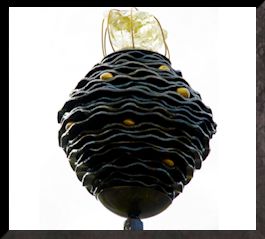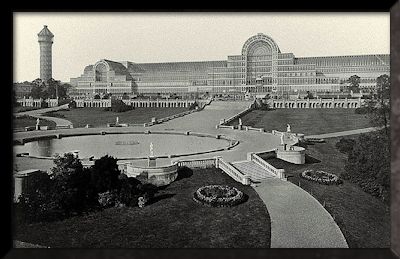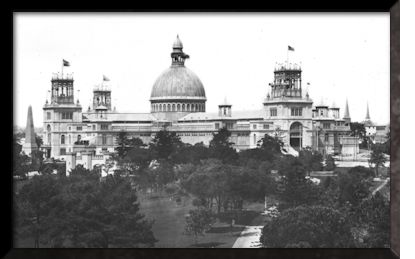|
|
|
|
||||||
|
|
THE GREAT EXHIBITION OPENS IN LONDON
While Australians were eking out a rough and tumble existence on the goldfields, the Great Exhibition of the Works of Industry of all Nations was held in the splendid Crystal Palace. It was a bold statement about the progress of industry within Britain and the Empire, the sheer logistics of getting visitors and exhibitions to the site depended on the success of the new British Rail system, and the power of the age of steam. The first event of its type, it was supported by Prince Albert, the husband of Queen Victoria, and ran from 1 May until 15 October 1851, attracting six million visitors to the breathtaking Crystal Palace. It set off an international fashion for World’s Fair exhibitions.
Australia’s own Great Exhibition was in 1879, in a stunning new building called The Garden Palace in Hyde Park. Exhibits came from around the world, but Australians were proud to show that they had developed their own manufacturing capacity. Lithgow Valley Colliery sent samples of its terracotta piping, receiving a commendation. But by far the most important contribution was made by the Eskbank Iron Works, which supplied the iron for the columns and arches, and for the tram rails. In a nice piece of symmetry, Daniel Williams, one of the owners of the iron works, had a brother Alfred, who had worked on the Crystal Palace. Many of the exhibits from the Garden Palace were bought by the New South Wales Government, forming the nucleus of the Technological, Industrial and Sanitary Museum. However, before the new museum could open its doors to the public, the Garden Palace burnt down in a spectacular six-hour fire that destroyed the objects collected for the new museum, as well as countless valuable government records. The museum remained resolute, moving to the Agricultural Hall on the Domain, before settling in Ultimo and, eventually, evolving into the Powerhouse Museum. SOURCES Kenneth Spencer Research Library, The Great Exhibition of the Industry of all Nations, 1851
Home | About | Chronological List | Contact Email
|
|
||||||
|
|
|
|



